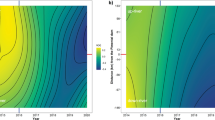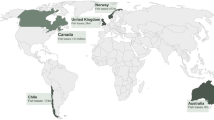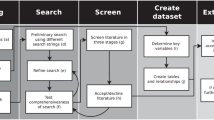Abstract
HAVING resided for some time lately near one of our salmon rivers which is at present preserved by a club, I have at different times had conversations with men who knew it before its so-called preservation. They all say that when they were allowed to fish when and how they pleased, the supply of fish was much better in regard both to size and quantity. They account for it in the following manner:— Firstly, when the river was free, the people living near used to make spawning-beds for the fish, by placing large stones across the river and throwing gravel where deficient, and where gravel was naturally they used to loosen it with forks and remove the large stones. Secondly, they used to watch the fish at spawning time, and catch and kill all very large fish, say about 16 to 30 l s. weight, after they had partially or wholly finished spawning, as they say the large fish destroy the salmon fry. Neither this nor the formation of spawning-beds is done at present. Would the above reasons account for the diminution in the size and number of salmon caught in our rivers? The diminution, in the river I speak of, cannot be accounted for by pollution, as the number of houses near enough to send their drainage into the river is too small to affect it, and as the river has a very quick fall and rocky bed, it is subject to such very rapid rises and falls in quantity of water that would prevent any settlement of noxious sediment.
This is a preview of subscription content, access via your institution
Access options
Subscribe to this journal
Receive 51 print issues and online access
$199.00 per year
only $3.90 per issue
Buy this article
- Purchase on SpringerLink
- Instant access to full article PDF
Prices may be subject to local taxes which are calculated during checkout
Similar content being viewed by others
Rights and permissions
About this article
Cite this article
S., F. Salmon in Preserved Rivers. Nature 24, 461 (1881). https://doi.org/10.1038/024461a0
Issue date:
DOI: https://doi.org/10.1038/024461a0



